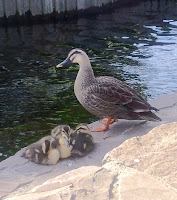眠れ is a Japanese edition book of Victor Pelevin. It includes the first half of The Blue Lantern. The second half of The Blue Lantern and The Life of Insects is collected into the Japanese book of 虫の生活 (The Life of Insects). I don't know why The Blue Lantern is divided into two halves in Japanese edition. I think it's a disordered way.
I've ever heard good rumors but not tried. It was the first time I read Victor Pelevin.
During reading the book, I felt dizzy I couldn't perceive where I was in the stories. It's like I have to go forward in a dark and wet cave nevertheless I don't want to go. It's like characters are confined in a resistless environment. Something gloomy always casts pathological sadness. If I let my mind deaf and blind, I could stay alive. However, it's actually tough work letting the mind die, isn't it? I think a person who works in city can empathize the circumstance in the stories.
I read surrealistic stories after so long. It was very, very interesting for me, so I clicked on Buddha's Little Finger that is the most recent Japanese edition of Victor Pelevin. It'll be interesting.
| Buddha's Little Finger Penguin (Non-Classics) 2001-12-01 Sales Rank : 247888 Average Review See details at Amazon by G-Tools |
| Blue Lantern Faber & Faber 2001-03-01 Sales Rank : 2404427 See details at Amazon by G-Tools |




















